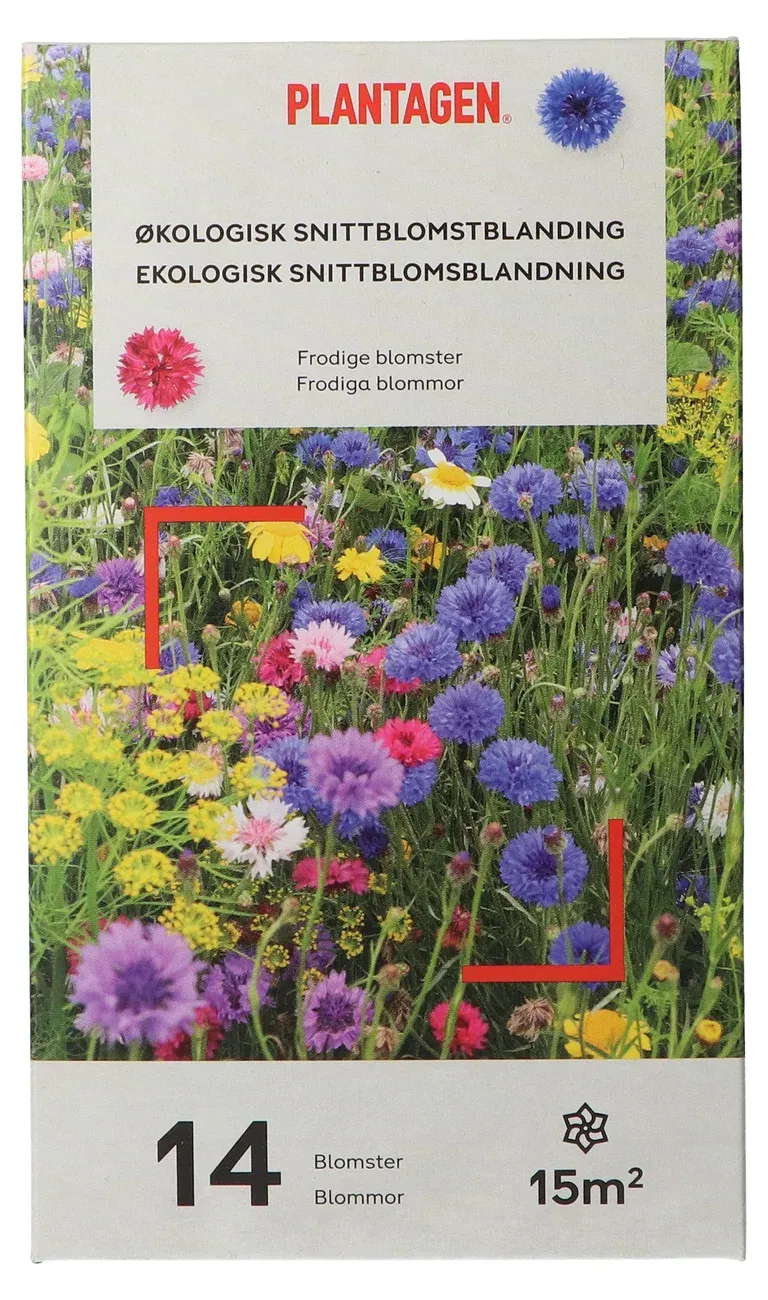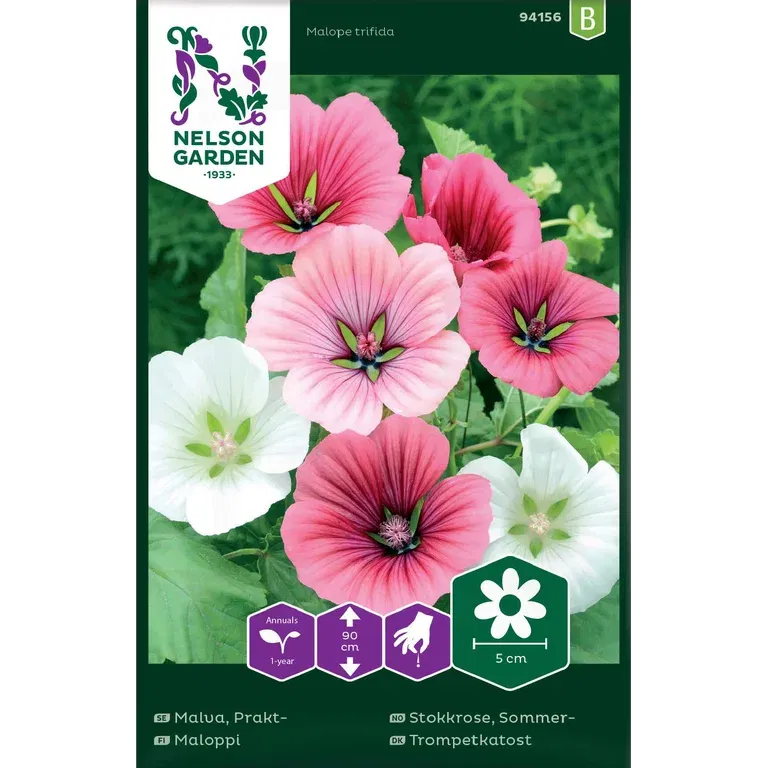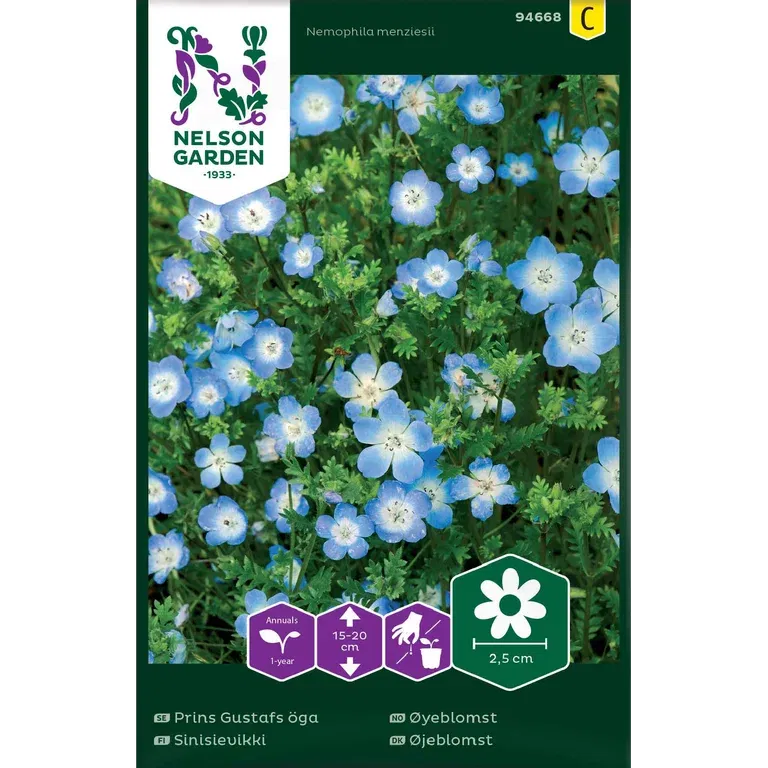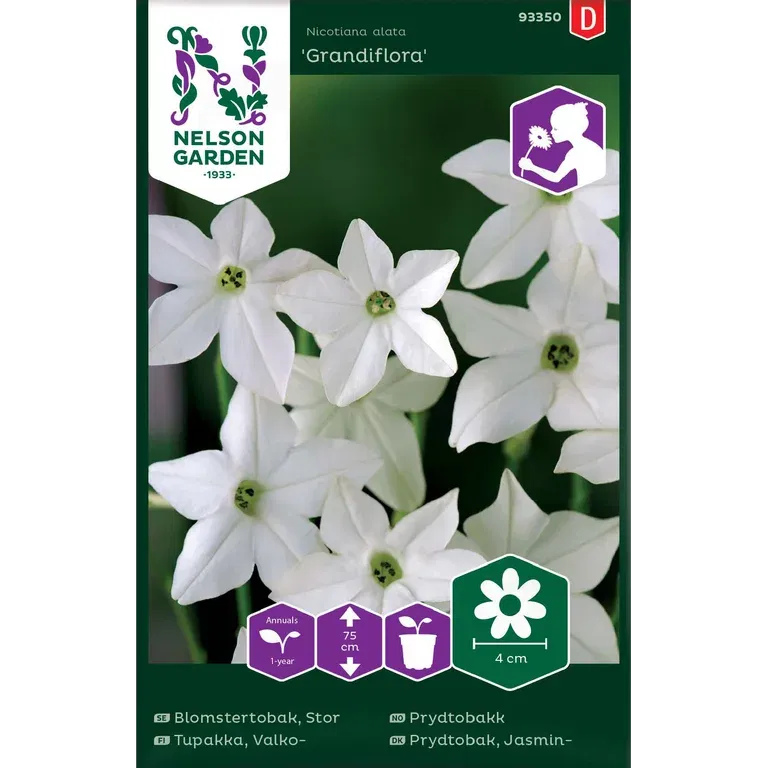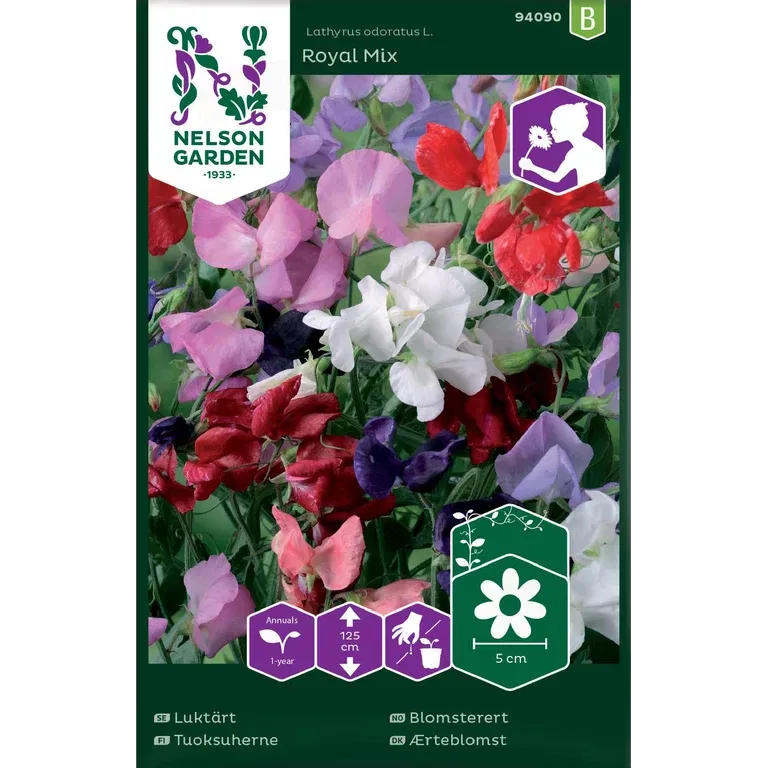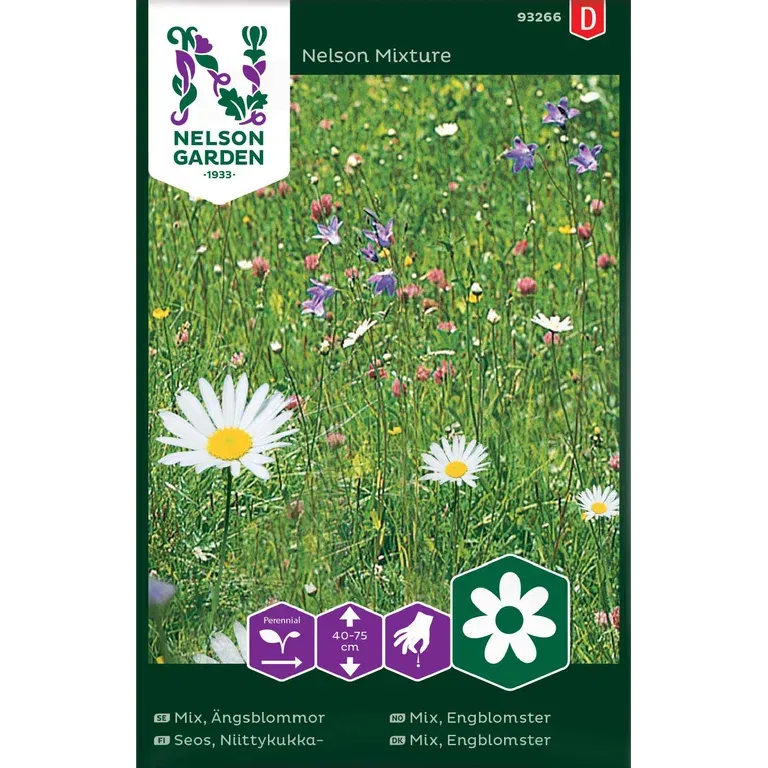Sow a flower meadow
Mow the grass and create a flower meadow that attracts both butterflies and bees. Creating an old-fashioned flower meadow in your garden is not as difficult as you might think. Read more here and get tips on how to make your dream meadow a reality.

Reasons to sow a meadow
Meadows have always existed, but with the rise of modern agricultural practices, flower meadows have lost some of their original functions. However, you have every reason to maintain the traditions! Even if the flower meadow only takes up a small space in your garden, it makes a difference. Flowers and grasses that support biodiversity attract pollinating insects while also creating a beautiful meadow. If you have rabbits, horses, or sheep, the grass is also excellent feed for them.
How to succeed with the flower meadow
Whether you have an unused area of your lawn or a natural plot, you can easily create a flower meadow full of both life and color. Some plants thrive in simple, dry environments, while others prefer more moist conditions. However, typical flower meadow plants do not like nutrient-rich soil, so you can use that as a starting point when creating your flower meadow.
- Find the right spot and remove the grass
Remove the grass from areas where you want to plant a flower meadow, especially if the lawn is thick. Then mix the soil with sand or gravel to reduce the nutrient content. Don't leave grass clippings behind, as this naturally fertilizes the soil. - Plant the meadow flowers
Once the soil is poor, you can start planting the flowers you want in your meadow. Pick wild plants from nature (that are not protected) and buy seed mixtures you can plant. Meadow flowers that thrive in poor, dry soil include yellow cinquefoil, red cranesbill, meadow clover, and blue buttons. Grasses that prefer poorer conditions include broom grass, yellow oats, and heartgrass. - Sow your flower meadow
At the beginning of July, it’s time to sow your flower meadow. Mow the grass and flowers with a scythe or sickle if it's a larger area. Another option is to use a lawnmower, but be sure to collect all the grass afterward. If the meadow is lush, you can mow it again in the fall before winter arrives. - Clear the flower meadow in spring
As spring approaches, you should clear the flower meadow by removing dead leaves and twigs. This cleanup will provide oxygen to the meadow plants and help make grass removal easier during the summer.
Hay for rabbits and horses
If you want the collected grass to become hay, leave it on the meadow to dry. This usually takes a few days. Be sure to turn the grass occasionally to allow it to dry on both sides and to help the flower seeds fall onto the meadow. Gather the dried grass onto a tarp and give it to sheep, horses, rabbits, or guinea pigs.
Be patient and let the flower meadow grow for a few years. Care for it and watch as it attracts insects and birds as it starts to take shape. Good luck!
Read more:
You are here:

